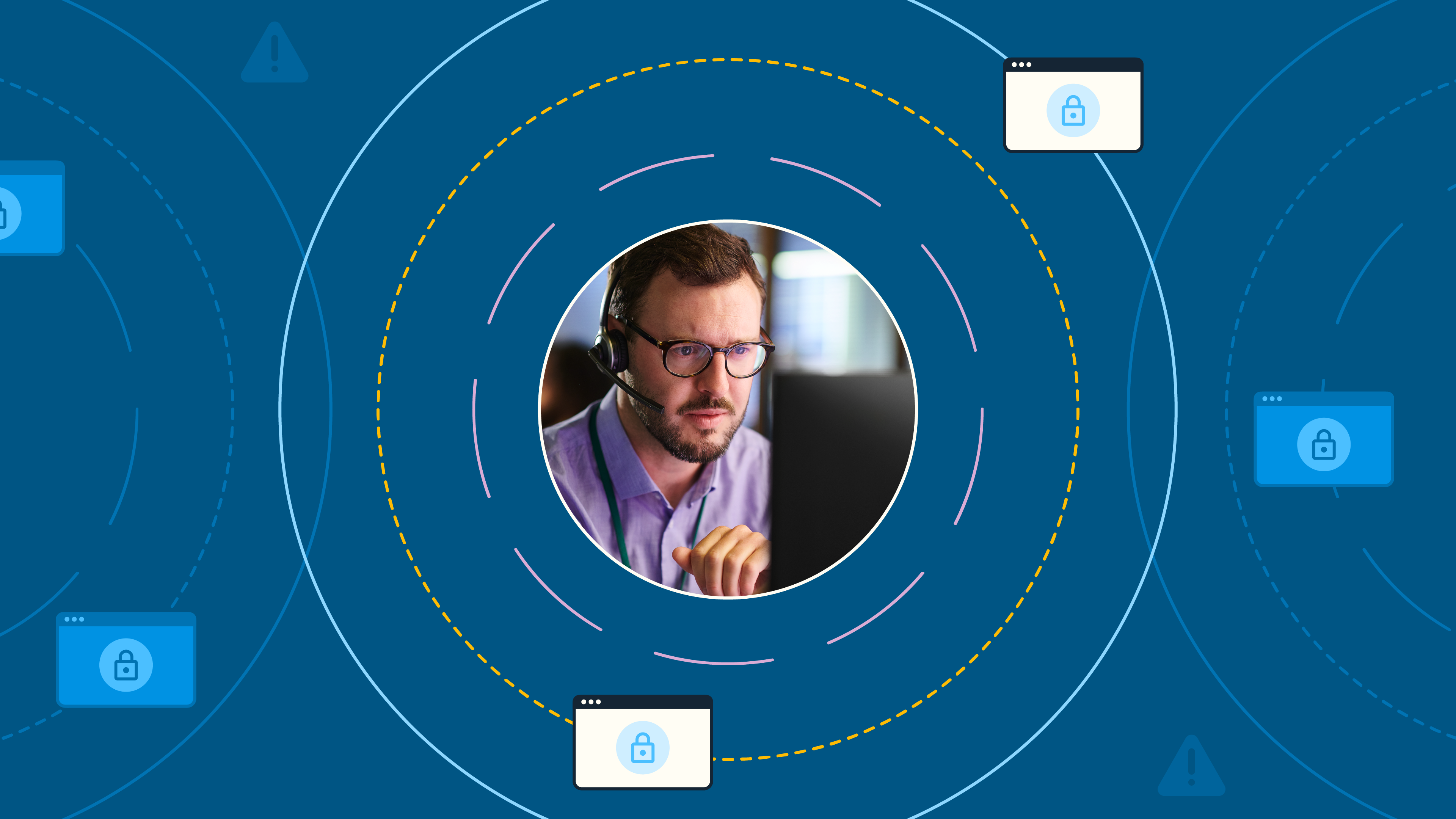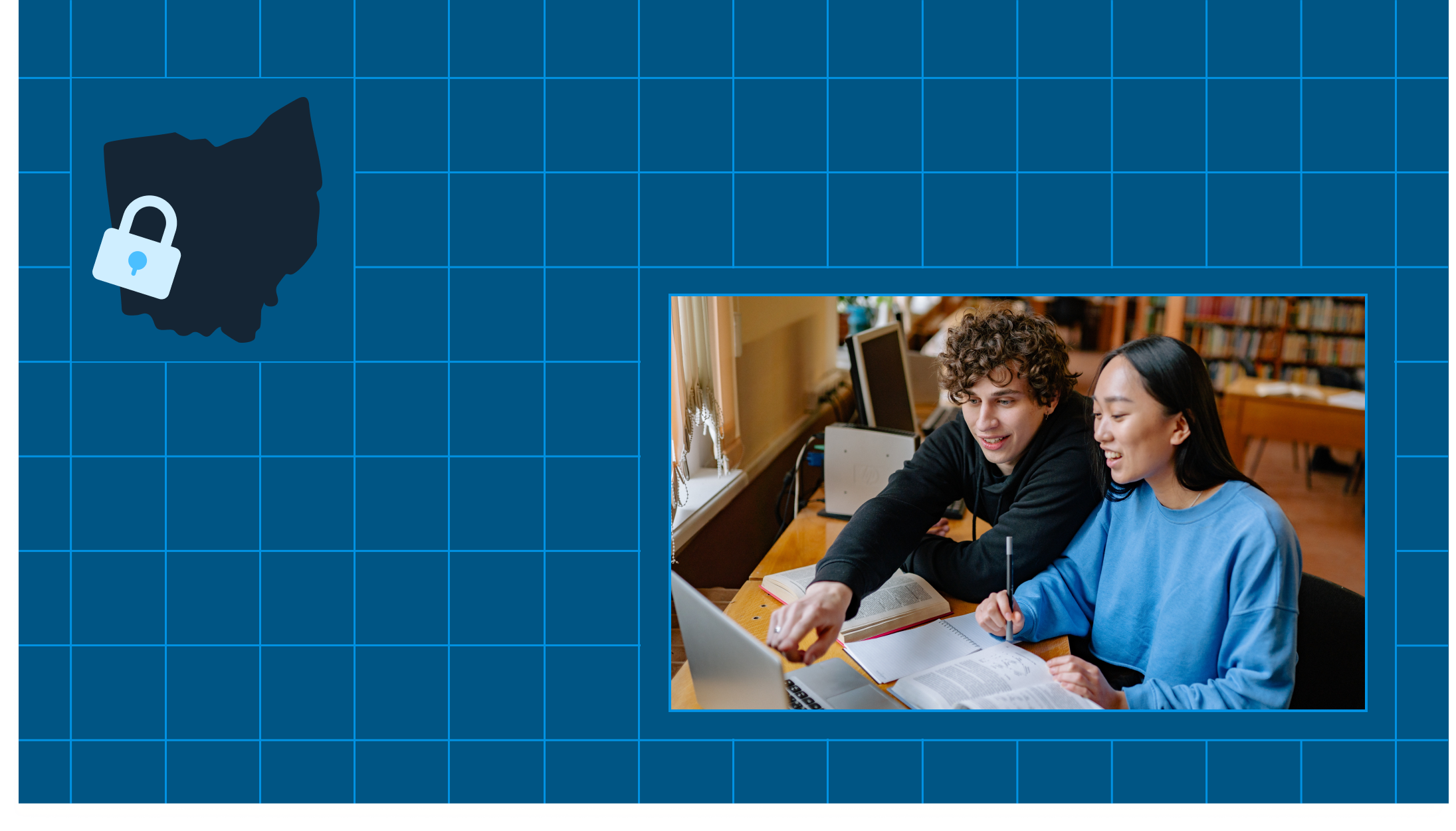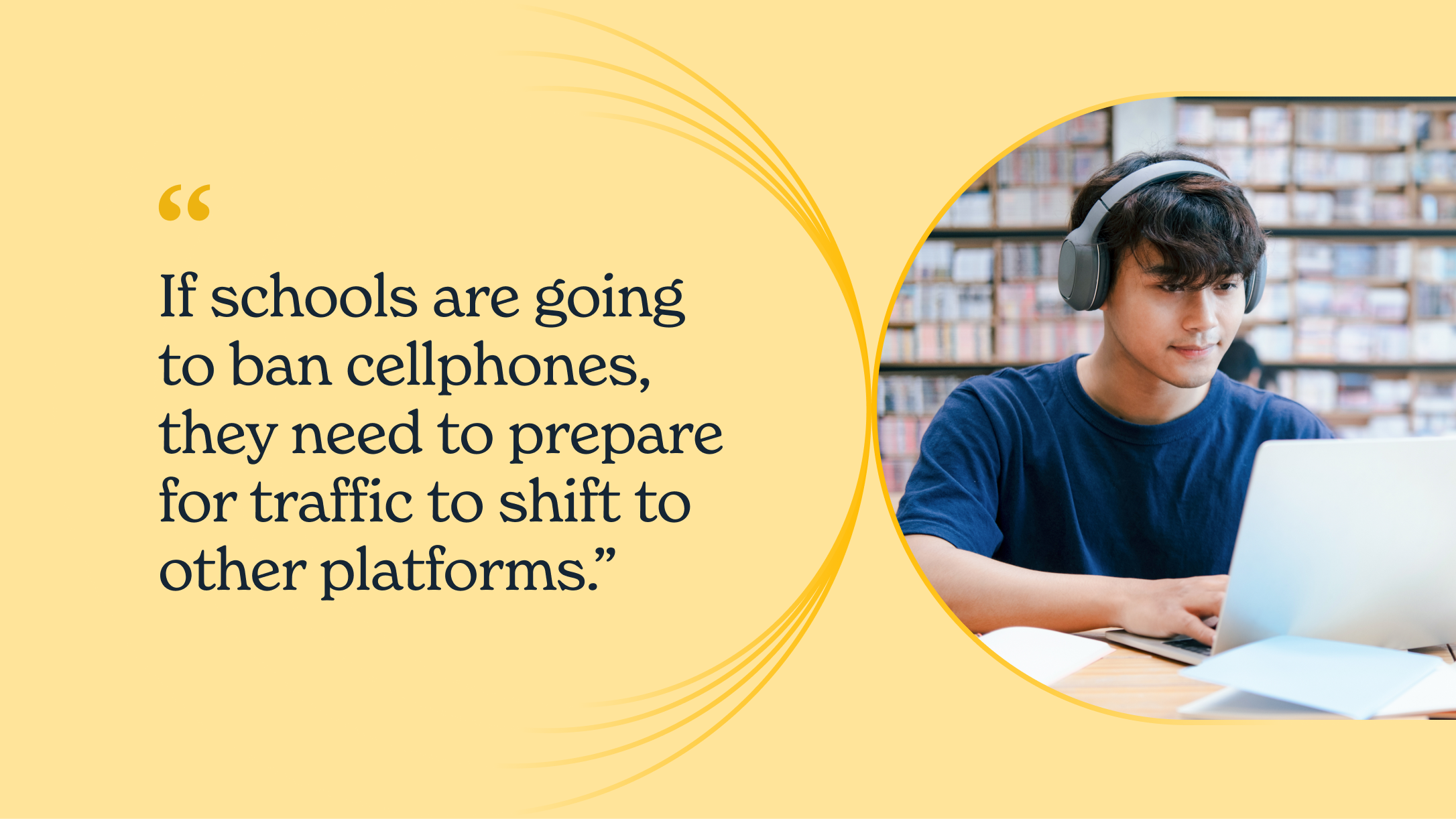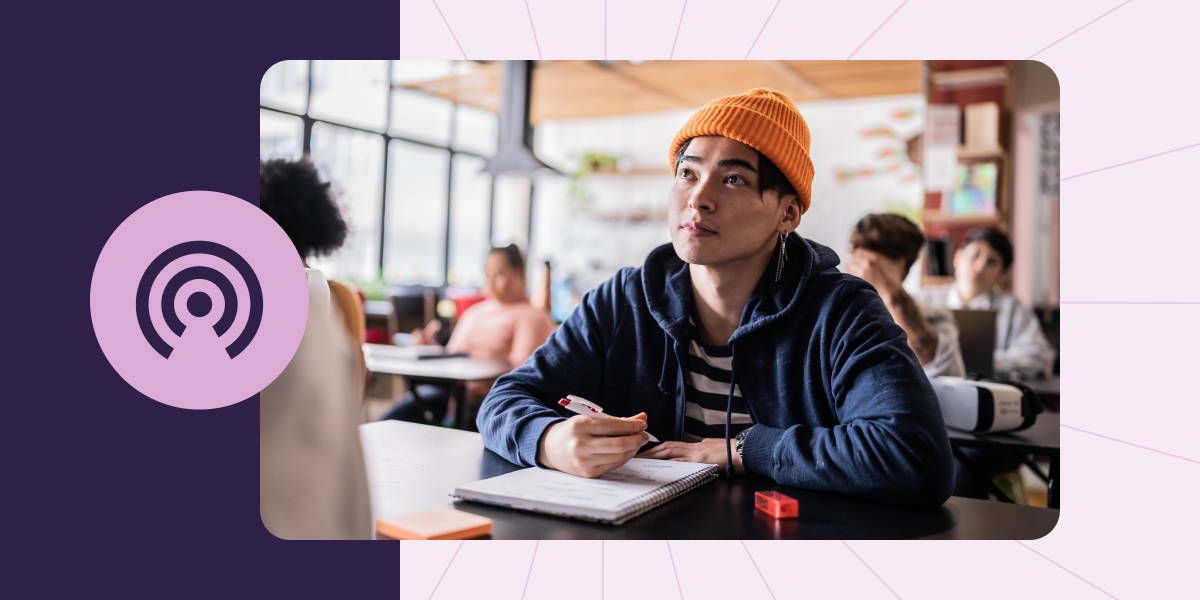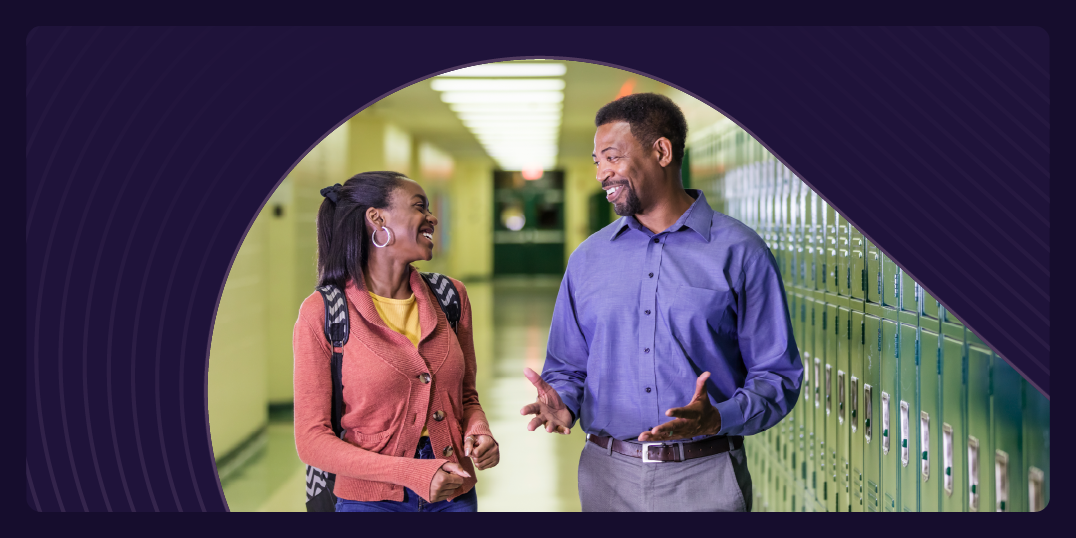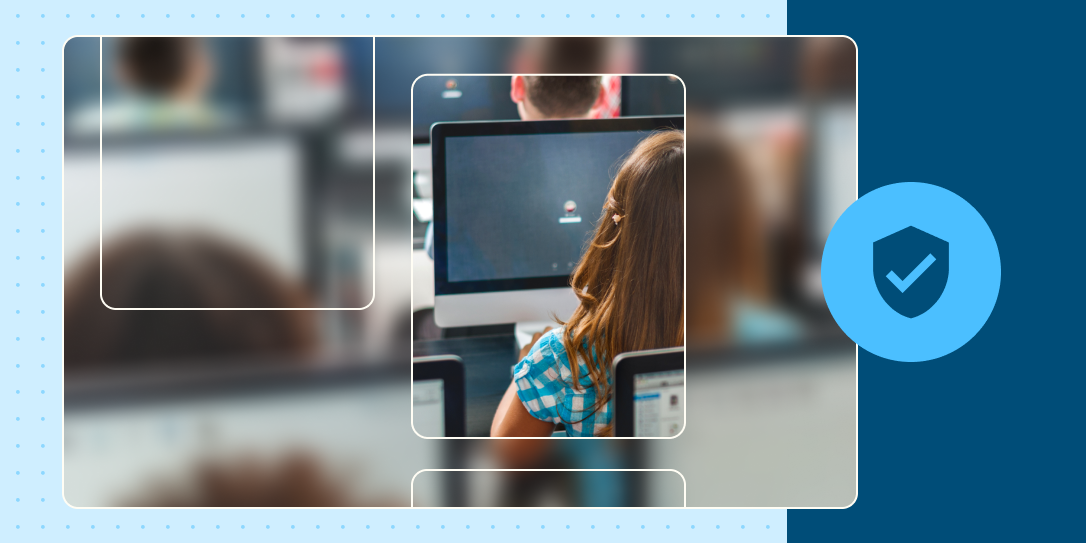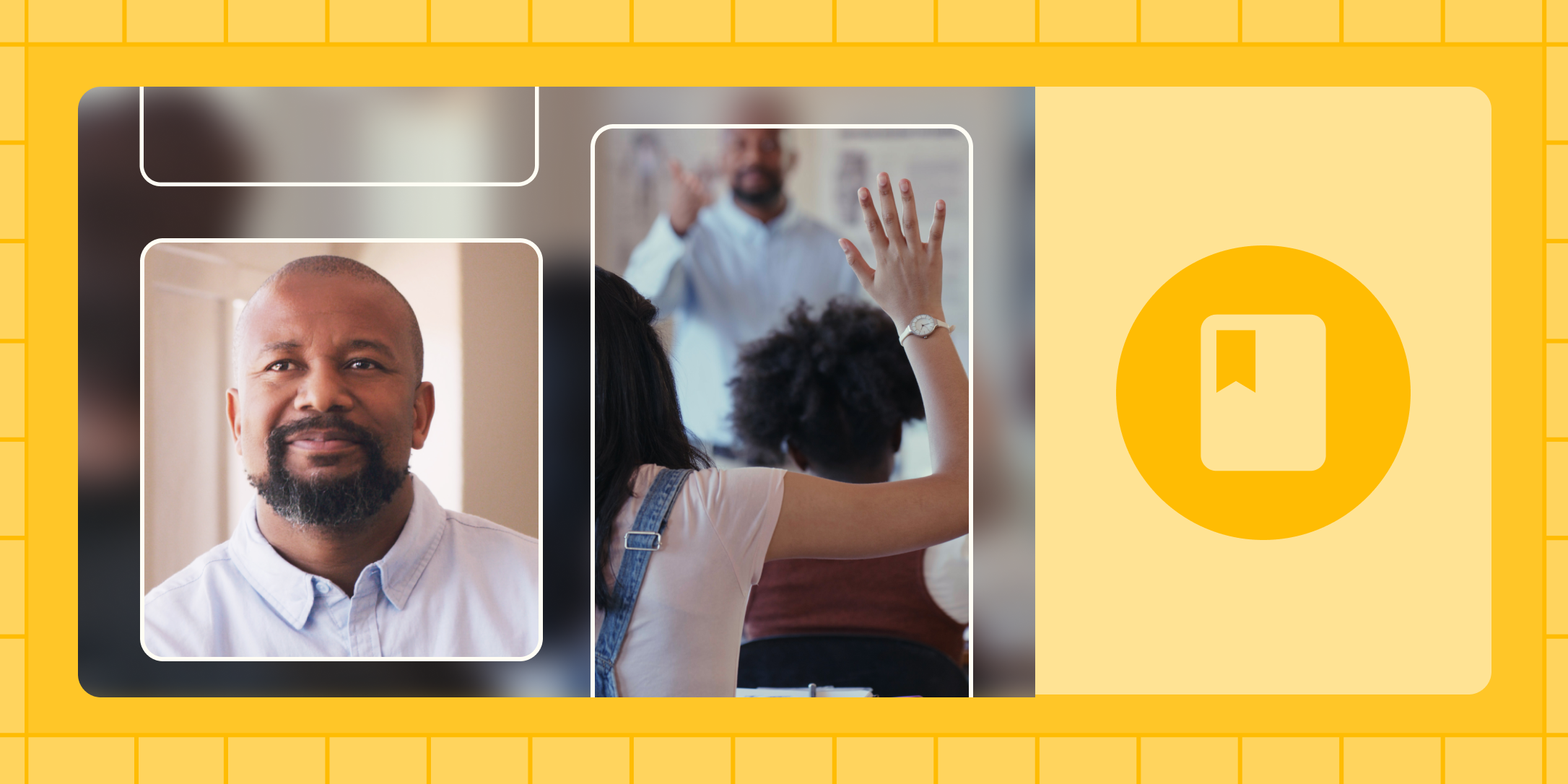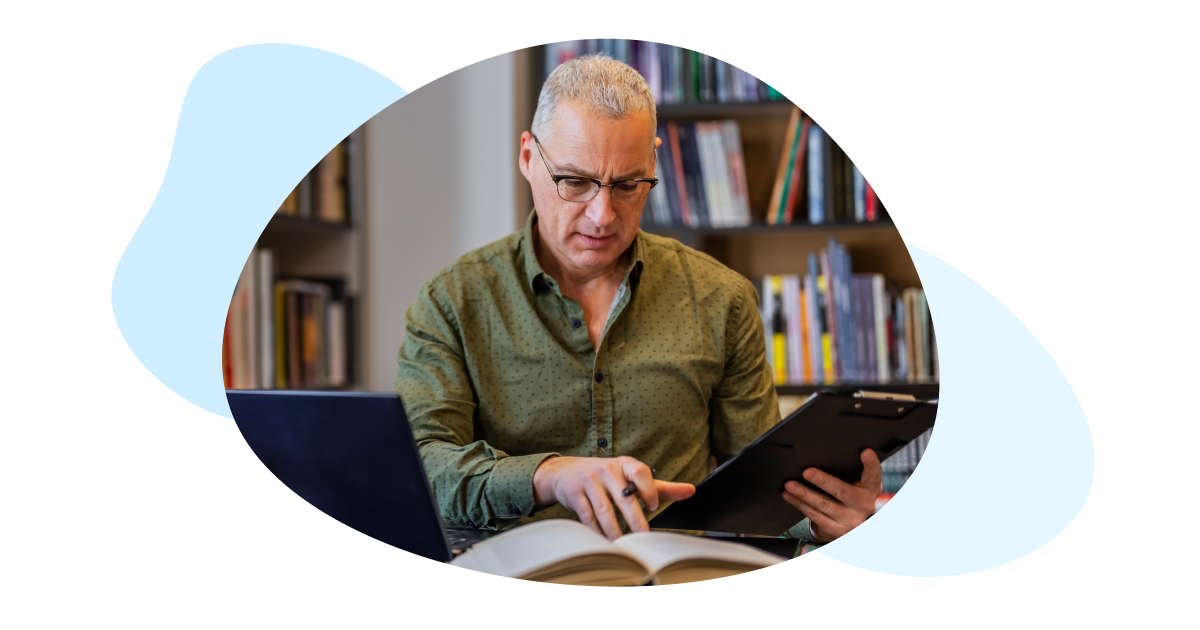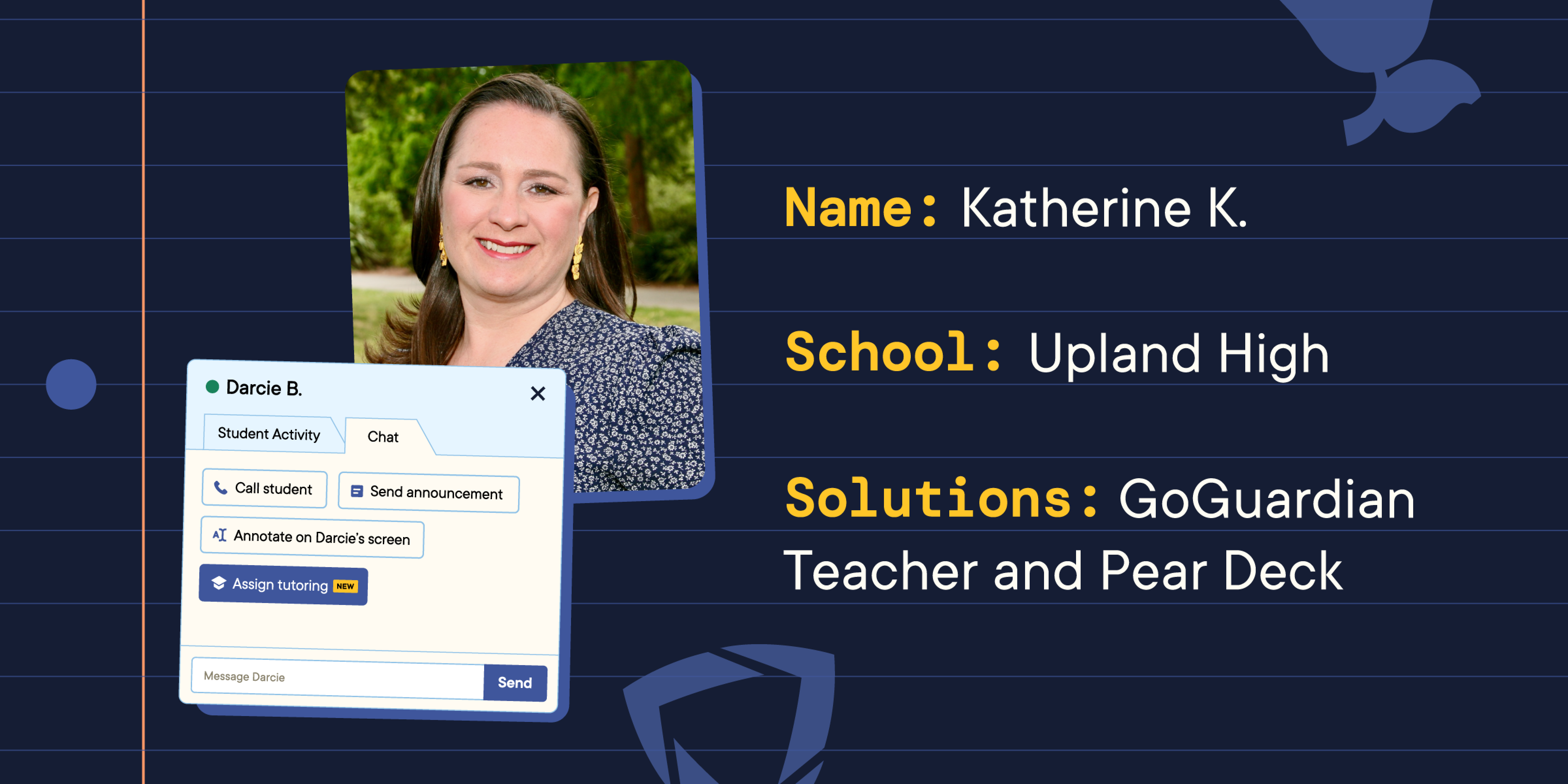In Missouri, Neosho School District was facing a heartbreaking challenge. With nearly 5,000 students across 10 schools, the district was grappling with a distressing series of student suicides. They were in dire need of immediate action.
The following account combines a shared panel interview between the current and former administrators of Neosho School District and a personal narrative shared by Tracy Clements, GoGuardian’s K-12 Student Safety Subject Matter Expert and Neosho’s former Director of Counseling Services.
In this story, these dedicated professionals share their experience utilizing GoGuardian Beacon to create a proactive response system to alert and respond to student mental health crises and save student lives.
A district in crisis
In the years leading up to Neosho’s implementation of GoGuardian Beacon, the district was facing a troubling rise in student suicides. Per Tracy, Neosho had eight suicides in four years. Based on their student population, this equated to a suicide rate almost 30 times the national average.
Tracy explored numerous options to address this crisis. This included an anonymous tip line, depression/suicide screenings, and a policy for responding to concerns. The Neosho team also began formal suicide risk and threat/behavioral assessments and partnered with local mental health providers to offer on-site therapy.
Tracy also worked with her team to implement a Social-Emotional Learning (SEL) curriculum in grades PK-6 and a socially based program for grades 7-8.
However, Tracy needed help finding a program for 9th-12th grades that would fit the needs of students and work within classrooms. She eventually found and purchased a mindfulness-based program that required no prep for the teachers, but they rarely used it. From there, she was stuck.
“I felt like I had hit a wall and was struggling to continue to make progress for our older students. I wasn’t sure what my next steps would be,” she explained.
Technology to support student mental health
In 2019, Scott Harris, Neosho’s Director of Technology, came to Tracy with a new solution: GoGuardian Beacon.
As one of GoGuardian’s most long-standing partners, Neosho adopted GoGuardian in 2014 to provide web filtering and classroom management support for Chromebooks across the district. Happy with their experience with GoGuardian Admin and GoGuardian Teacher, Neosho was invited to participate in GoGuardian Beacon’s beta program.
This focus on safety needs aligns with psychologist Abraham Maslow's Hierarchy of Needs. According to Maslow, physiological and safety needs are the foundation of the pyramid. These needs must be met before individuals can focus on higher-level needs such as love/belonging, esteem, and self-actualization.
Students struggling with mental health concerns often turn to Google, instead of seeking support from the people around them. Beacon provides actionable insights for identified stages of suicide and self-harm intent, such as research, ideation, and active planning, and proactively alerts on searches in these categories, helping to identify these early warning signals early before it's too late. Beacon allows educators to intervene and ensure students feel safe and supported – a crucial prerequisite for successful Learning and overall well-being.
A rocky start with new technology
When Tracy first considered Beacon, she was unconvinced this would be a solution for their district.
“I honestly was not interested at first. I thought this would just be more work for my already overworked team of counselors, and believed I had tools and resources in place to identify students who were struggling. I viewed something like Beacon to be IT's job to monitor what the students were doing on their devices.”
When Neosho first turned on Beacon in January 2020, she recalled, “We didn’t have any protocols in place and switched it all on at once. For the first week or so, there were a lot of alerts related to kids writing papers, and I thought, ‘I was right.’ It wasn’t going to be very helpful. It didn’t seem to be doing anything except keeping me up all night long with random alerts related to kids watching YouTube and playing video games. I was not a fan at this point.”
A lifesaving alert: The turning point with Beacon
Shortly after turning on Beacon, Tracy experienced firsthand the impact that technology can have on saving a student’s life.
“Two weeks into using Beacon, I got my first Active Planning alert,” Tracy began. “The Safety Support Specialist called and said I had a student who was searching, ‘How much Tylenol does it take to die?’ and ‘What is the best way to kill yourself?’
I tried calling the parents and did not get an answer. I tried calling the school's SRO to make a home visit. Nobody answered, so I drove to the home address.
I knocked on the door, and the student answered. She recognized me from school and I asked her if she knew why I was there. The student broke down, and admitted, ‘because I’m about to kill myself.’
I told her we would find a way through this and get her some help. I asked her to call her parents, and I stayed with her until they got home. When we went into the kitchen to sit and wait together, there was a large bottle of Tylenol and a large glass of water on the table. She was moments away from making a suicide attempt.
When her parents arrived, we began making arrangements to get her the help she desperately needed. They asked how I knew what she was about to do, and I told them about Beacon. They informed me she had struggled with depression in the past, but seemed to be doing well recently. She was not on anyone’s radar as needing help. We would have missed her struggles without Beacon.
I cried all the way home, then began making a plan for how we were going to respond to Beacon alerts. At that point, I realized I had been terribly wrong about this tool and we needed to use it to its fullest potential.
We adjusted some settings and decreased the number of alerts related to school assignments. We turned off after-hours alerts and allowed the 24/7 component to notify us of emergencies after school hours.”
Beacon’s impact on crisis response and intervention
Over the years, Tracy and her team used Beacon to identify countless students who needed immediate intervention or additional support, allowing staff to intervene faster before a tragedy occurs. What surprised her the most? Beacon’s ability to identify these students much sooner than other methods thanks to its integration into the technology students are using.
Beacon works in the background of a student’s school-issued device, sending an alert to designated responders and school staff if a student writes or searches for suicide or self-harm related phrases.
This allows staff to identify students much sooner than if waiting to notice an outward change in their behavior. Beacon’s alerts provide critical details around an alert so staff can quickly assess risk levels and take action, including valuable context within alert cards to support informed and timely interventions.
“Our students know about it,” Talmage Clubbs, Director of Counseling for Neosho District, explained, “We have students purposely typing in keywords so they can be pulled in and talked to about their suicidality, their mental health issues, anything like that because they are struggling, and they just don’t know how else to reach anybody.”
Tracy saw that action firsthand. “I realized kids are more open with their devices and look for support and answers on Google long before they reach out to others or have a noticeable change in their behavior. Beacon was enabling us to be proactive and address concerns before they became crises. During my entire career, I was constantly trying to “get upstream” and be more proactive than reactive, but I had never been successful at making that happen.”
When comparing data from previous years, Tracy noted a positive trend. “The total number of suicide risk assessments completed stayed fairly stable over four years (approximately 200/year), but the severity of those assessments showed a sharp decline. Specifically, in the year before using Beacon, there were almost 50 students identified as ‘High Risk.’ After using Beacon for three years, there were less than 10 students identified as ‘High Risk.’”
“Without Beacon, we could’ve potentially lost some students,” Clubbs concluded. “Our team has gone to houses and sat with families and students, talking with them and providing resources. Without this program, we would have never known to go.”
The road ahead
The journey of Neosho School District, with Beacon at its helm, is a testament to the power of technology when harnessed with empathy and a deep-seated commitment to student welfare.
“You can rest well at night, knowing you are changing districts and saving lives,” - Dr. Jim Cummins, Superintendent of Neosho School District
As the district continues to navigate the complexities of mental health among its students, the foundation laid by Beacon is an essential tool in a network of support created by schools to help prevent a student from facing their darkest moments alone.
